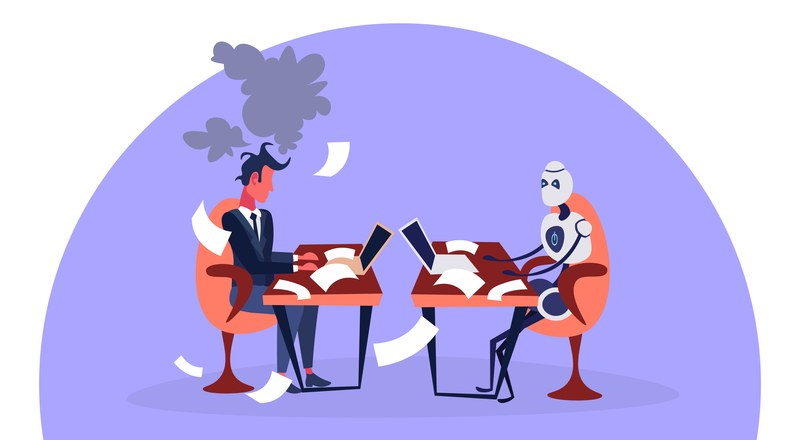In the forthcoming decade, Chief Human Resources Officers (CHROs) and their counterparts will confront a series of disruptions stemming from the increasing integration of generative AI within workplaces, as outlined in a report jointly issued by the Society for Human Resource Management and The Burning Glass Institute.
The report identifies three key industries—finance and insurance, professional services, and information systems—as facing particularly notable challenges due to these changes.
These disruptions, the report cautions, may come with a significant human toll, albeit potentially temporary. Companies operating within highly exposed industries or those with functions comprising roles susceptible to displacement by generative AI will face heightened disruption, according to the report.
Reskilling is poised to become paramount as job roles and skill requirements evolve. For instance, traditional customer service positions may evolve into roles centered around managing chatbots or overseeing automated processes, necessitating training for affected employees.
Furthermore, the report underscores the potential impact on organizations’ efforts toward inclusion, equity, and diversity, highlighting the importance of conducting assessments to guide workforce planning in light of the digital divide in access to technology.
Generative AI is predicted to influence various HR functions, including:
– Talent acquisition: Initially, recruiting AI talent may prove challenging, with long-term implications for filling evolving roles.
– Labor force: Workforce composition will shift away from automated tasks toward AI-augmented responsibilities.
– Learning and development: Investment in reskilling existing talent and training displaced workers for alternative roles will be imperative.
– Compensation: Adjustments in salaries will be necessary to align with shifts in the labor market, particularly roles incorporating AI-related skills.
– Diversity, equity, and inclusion: CHROs must ensure that the displacement does not disproportionately affect underrepresented groups and that new opportunities remain accessible to a diverse talent pool.
Workforce composition will shift away from automated tasks toward AI-augmented responsibilities.
The report emphasizes the need for HR leaders to explore subtle downsizing strategies beyond layoffs, such as hiring freezes and leveraging natural attrition, to mitigate disruption to employees.
Research indicates that by 2032, generative AI could substantially alter half of all jobs, potentially displacing 9% of the current U.S. workforce, with 1% encountering difficulties in securing new employment.
While AI tools have contributed to job growth in certain sectors between 2010-2019, the impact of newer AI-related developments remains uncertain, according to the European Central Bank.
Indeed reports suggest that while AI augmentation or replacement is applicable to all job postings, only a fraction are considered highly exposed, where AI could perform the majority of listed skills.
Notably, mid-career professionals and managers emerge as particularly vulnerable to AI disruption, with a significant proportion working in roles facing high exposure to AI integration.










